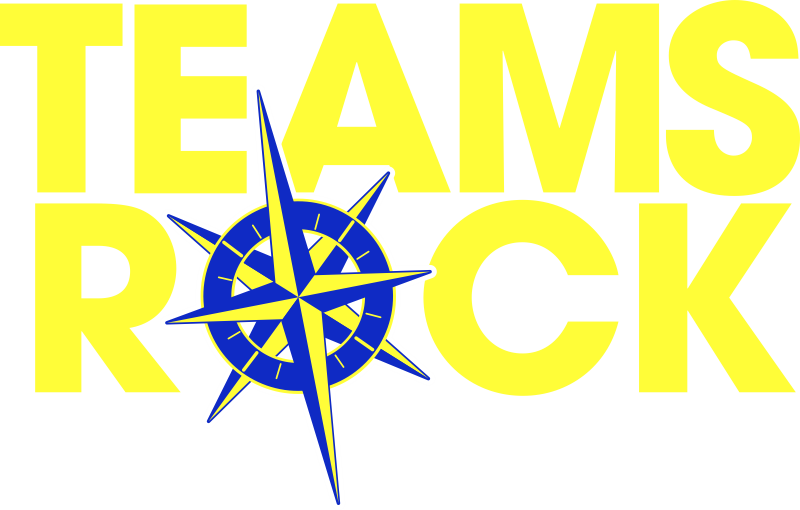Four simple, effective strategies for making a smooth transition from peer to manager
Roberto has been working on the help desk with a national corporation for over five years and was recently promoted to IT call center manager with a team of about 30 employees. He was excited and somewhat unsure how he would be accepted by his peers. Jon, the previous manager, had alienated employees and some view Roberto as the “teacher’s pet.” He was now tasked with turning around the image and culture of the help desk.
 During his five years on the help desk, Roberto saw many changes in technology, the system, and those whom they served. What he did not see was how the help desk treated their customers – their fellow employees and colleagues. Many of their customers referred to the help desk as “the helpless desk” and Roberto knew he had a big challenge on his hands.
During his five years on the help desk, Roberto saw many changes in technology, the system, and those whom they served. What he did not see was how the help desk treated their customers – their fellow employees and colleagues. Many of their customers referred to the help desk as “the helpless desk” and Roberto knew he had a big challenge on his hands.
Why do many first time managers get their first management or team leader position? In a majority of cases, they get that first position because they did their job well. This was the case for Roberto. He had an excellent reputation on the help desk with outstanding reviews and letters from his customers.
At some point, many of us will be in a situation like Roberto. The question is, how do you make the transition, gain the respect of your employees, and increase the quality of service you provide?
Here are four very effective, yet simple, strategies to help make the transition a smooth one.
Know your natural leadership style
We all have a natural leadership style, and we all need to adapt that style to different leadership situations, it is critical to know your natural style. The three main styles include, Authoritative, Participative, and Free Rein.
One of the biggest challenges for new managers is that they want to be everyone’s friend and, in many cases, are afraid to take more of an authoritative approach at the beginning of their leadership.
As you develop and gain the trust and respect of your team you can begin to be more participative and then, as the team becomes self-relian, you can move towards a more free rein style.
Recognize your natural behavior style as well as the style of everyone on your team
Similar to your leadership style, we all have a natural behavior style. While there are many assessments to help you (and your team) learn yours, one of the best and most common is Everything DiSC®. The purpose of this tool is to provide practical and validated behavior descriptors. There are various assessments within the Everything DiSC family.
The Everything DiSC Management® assessment helps you, as a manager, recognize your natural style and then helps you adapt in the areas of delegating, motivating, and developing.
Get back to the basics
Great sports teams begin every year by getting back to the basics. The legendary football coach, Vince Lombardi, is reported to have begun every season by standing in front of his players holding a football and saying, “Gentlemen, this is a football.” Lombardi’s point was that championship teams are made by going back to the basics and reinforcing them.
Top service organizations review their customer basics on a regular basis. While there are many reasons they are the tops in their industry, understanding the basics and reinforcing them is at the top of the list.
Recognize, reward, and reinforce your team’s behaviors.
There are many reasons that an employee may choose to leave their employment and one of the top reasons is that they are not recognized or rewarded. One of my mentors used to say “Behavior rewarded equals behavior repeated.”
There are many ways to recognize and reward employees and it is important to recognize both individual accomplishments and overall team accomplishments. The great Bear Bryant and legendary University of Alabama football coach said it this way, “If anything goes bad, I did it. If anything goes semi-good, we did it. If anything goes really good, then you did it.” If you give praise and empower your employees they will go the extra mile for you.
Roberto already knew his natural behavior Everything DiSC style and he quickly learned that his natural style of leadership was very participative. Armed with this knowledge, he quickly began to understand how to adapt both to be a more effective leader.
The old adage of knowledge is power is not necessarily the truth – it is the application of knowledge that helps make you a more powerful leader when moving from peer to manager.
Would you like to reprint this article, or an article like it, in your newsletter or journal? CLICK HERE to visit the articles page.
Image courtesy of The Gold Guys


Leave A Comment